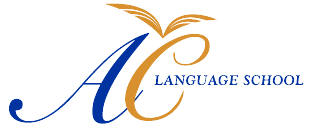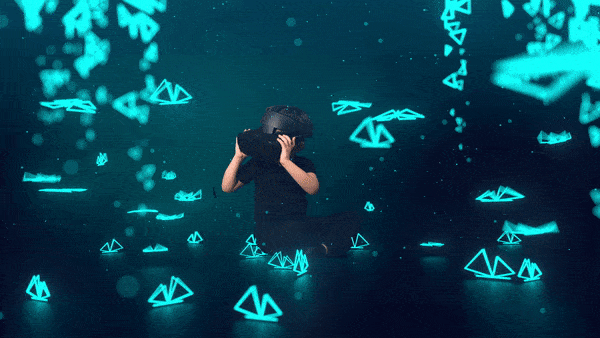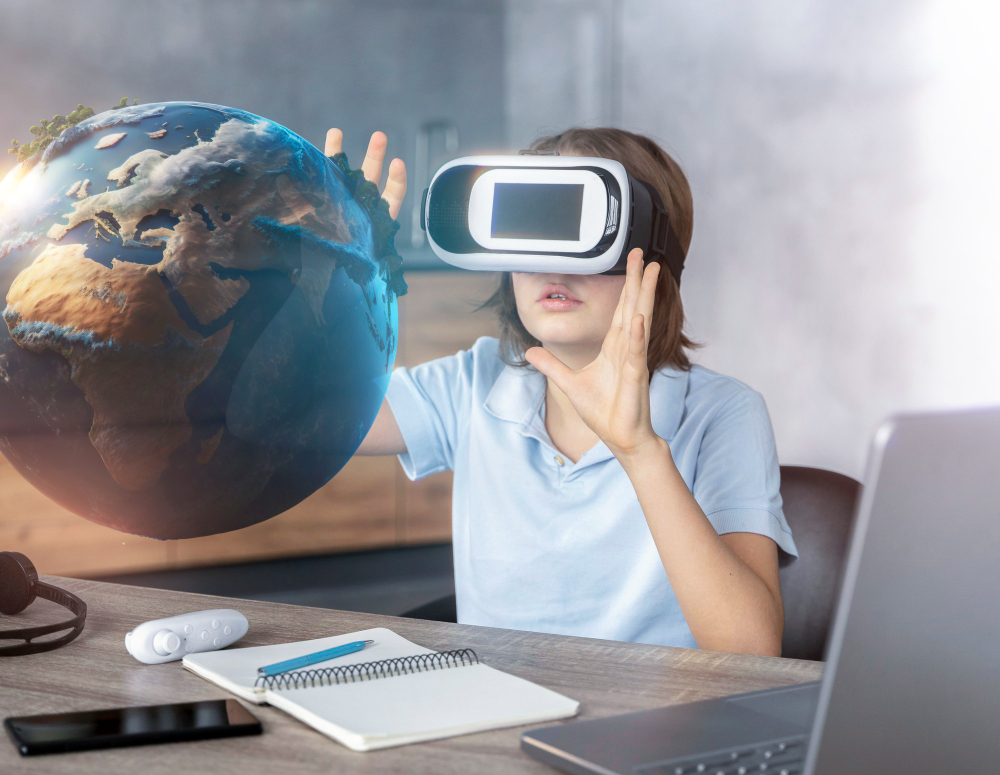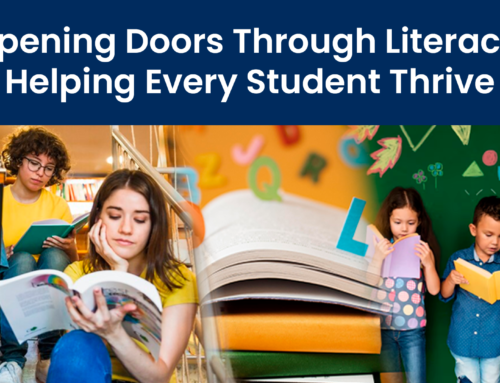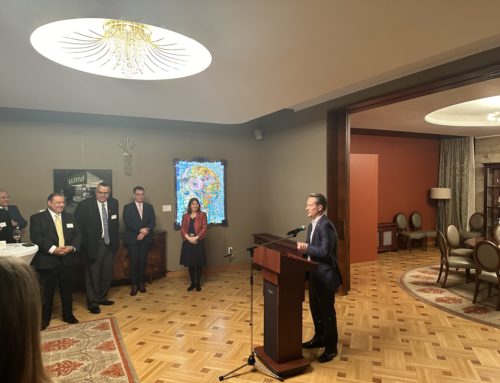Greetings, Esteemed Educators and Learners,
As the President of AC Language School, it is both my honor and duty to steer the educational landscape toward uncharted territories of innovation. Today, we delve into a realm that marries the visionary with the practical, the extraordinary with the tangible – Virtual Reality (VR) in education. In a world where technology continues to redefine human experiences, it is only fitting that our classrooms become immersive learning environments that transcend the boundaries of conventional education.
The advent of Virtual Reality has bestowed upon us an incredible tool that holds the potential to transform the way we acquire knowledge, interact with information, and experience learning. Imagine history lessons where students are transported to ancient civilizations, scientific concepts brought to life through interactive simulations, and literary worlds explored with unprecedented depth. Virtual Reality has the capacity to transform these scenarios from the realm of imagination into experiential reality.
One of the most significant benefits of integrating VR into education is its ability to engage the modern learner’s multisensory experience. No longer are students limited to reading texts or watching videos; they are now active participants in their learning journey. This immersive engagement has the power to enhance retention and understanding, as complex ideas are not just taught but lived. Moreover, students are empowered to explore subjects at their own pace, fostering a sense of autonomy and intrinsic motivation.
In vocational training and executive education, Virtual Reality has revolutionized skill acquisition. Professionals can now undergo hands-on training in simulated environments that mirror real-world scenarios, without the risk associated with learning on the job. This not only accelerates the learning process but also ensures competence and confidence in applying skills.
Yet, as we traverse this uncharted territory, we must acknowledge that with innovation comes responsibility. Ensuring equitable access to VR experiences is paramount. It is our duty to bridge the digital divide, making these transformative learning opportunities accessible to all learners, regardless of their background or circumstances.
Moreover, educators are the vanguards in this immersive revolution. It is they who must harness the potential of VR to design and curate meaningful experiences that align with educational objectives. We must nurture a culture of adaptability and continuous learning, equipping educators with the skills needed to navigate this new educational frontier.
In conclusion, Virtual Reality in education is not merely a technological tool; it is a paradigm shift in how we conceptualize learning. It invites us to transcend the limitations of physical spaces, unlocking the door to limitless educational possibilities. As leaders in education, we stand on the precipice of a new era – an era where innovation is not a choice, but a responsibility. Let us embrace this responsibility with open arms, for within it lies the promise of a brighter, more immersive, and more enlightened future of education.
Yours in Education Excellence,
AC
